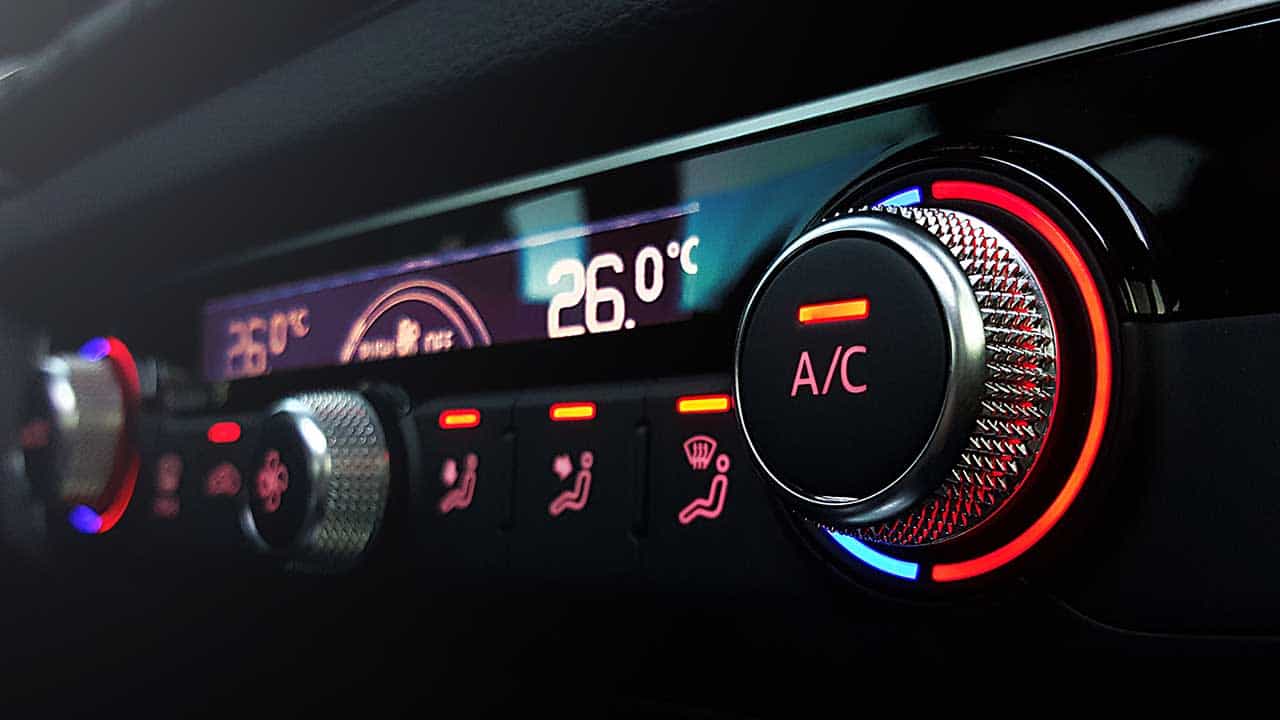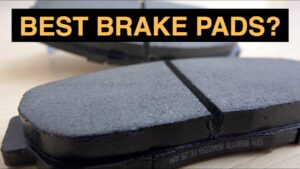Imagine if you’re driving your honda civic on a bright sunny day and suddenly you notice that your honda civic ac blows cold then hot air. It can be really frustrating when it comes to dealing with those car problems and their repairs. Dirt in the condenser might be a problem or a restriction somewhere in the system. It could also be that the evaporator is icing. If the AC is working too well, and the thermal limit switch doesn’t shut down the compressor at the right time, Ice will form on the evaporator, and strangely enough, that makes the AC blow warm air until the ice has a chance to melt.

In this article, we’ll be discussing the issue of AC blowing cold than warm air. Let’s get started.
Table of Contents
Why Does Honda Civic AC Blows Cold Then Hot Air?
There are numerous reasons why your air conditioner may cease to function correctly throughout the day. These are some of the first things to look for if your air conditioner isn’t blowing cold air.
1. Faulty Compressor Clutch:-
An AC compressor clutch is used to transfer engine power to the compressor. With continuous use, the compressor clutch suffers wear and tear, causing the clutch gap to widen. As a result, it is difficult for the clutch to maintain proper pressure and force the compressor to cycle on and off. As a result, the AC compressor operates on an intermittent basis.

2. Relay Corrosion:-
A relay is an electromechanical switch that controls a large amount of current with a small amount of current. The relay has a coil that, when activated, attracts the contact, connecting the high-amperage circuit. As this coil ages, its internal resistance rises. As a result, a corroded relay will cut the current if its internal resistance rises due to heat, causing the car air conditioner to blow cold rather than warm.

3. Leak In AC System:-
A leak is typically caused by a combination of moisture and refrigerant, which when combined produces a corrosive acid that eats away at A/C system seals, valves, and hoses. Because there isn’t enough refrigerant in the system to cool things down, a leak in your A/C system could be causing the unit to blow warm air.
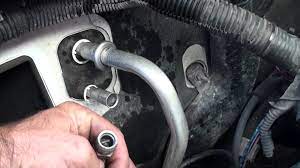
4. Broken Fuse:-
The A/C system in your car is a maze of wires, switches, relays, and fuses. Under normal operating conditions, these components work together to provide power to the A/C unit, allowing you to have cool air on demand. If even one of these components fails, your air conditioner may shut down and cause the honda civic ac blows cold then hot.
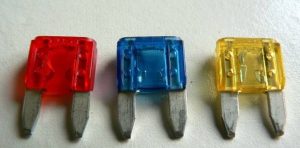
5. Clogged Air Filter:-
When the filter in your cooling system becomes clogged, the air conditioner struggles to move air through the system. This can cause your air conditioner to blow warm air. When attempting to determine why your air conditioner isn’t cooling your home as effectively as it should, the first step is to ensure that your air filter is clean. If you notice that the existing air filter isn’t clean enough, replace it to see if the problem is resolved.

What Is The Cost Of Repairing An AC
In general, having one’s A/C system recharged with refrigerant will cost between $100 and $250. This assumes there are no major system leaks and that refrigerant levels have only decreased gradually over several years.
How To Fix The AC Blowing Cold Air Then Hot Air?
Here are some easy fixes through which you can easily solve this issue of the honda civic ac blowing cold then hot.
Step 1:- Check The Compressors
If your honda civic ac blows cold then hot then, begin with the air compressor. The A/C system contains enough refrigerant to produce cold air, indicating that the problem is within the HVAC unit. You need to change the motor that operates the blend air door.
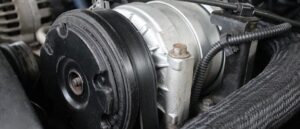
If the compressor does not engage when you turn on the A/C, try jumping the clutch wire directly to the battery to see if it will run. If you jump and the A/C blows cold air, the system contains refrigerant and the fault is most likely a bad clutch relay, clutch cycling switch, or pressure switch.
Step 2:- Check For Refrigerant
You need to connect an air-conditioning pressure gauge to the HIGH SIDE service port. The gauge will indicate whether or not there is any pressure in the system. If your A/C system is low on refrigerant or has run out, check for leaks and have the system vacuumed to remove air. After the air has been removed, the system can be recharged with the specified amount of refrigerant.

Step 3:- Fix The Clutch Compressor
A non-functional or intermittent air conditioning system is the most common symptom of a bad AC compressor clutch. When the clutch engages and disengages constantly, you may notice loud noises coming from the engine. Use the appropriate size wrench from your wrench set, and remove the air conditioning accessory belt. Then, disconnect the magnetic coil connector on your compressor. Remove the 6 mm bolt in the center of the AC clutch with the appropriate size socket.
Step 4:- Remove The Clutch And Look At The Spacers
Now, you need to remove the clutch and look at the spacers on the shaft behind it. They are used to properly gap the clutch, so keep them somewhere safe to avoid losing them. Remove the snap-ring that secures the pulley to the shaft and slide it off. Thoroughly clean the shaft and other components before installation. Insert the new pulley and snap-ring, with the beveled edge facing outward.

Step 5:- Install The Clutch
Install the clutch and tighten the 6 mm bolt. Place the feeler gauge between the clutch and the pulley to ensure the proper clearance. Remove the clutch plate and add another spacer if the clearance is not correct. Examine the air gap to ensure that the clutch engages properly. If the air gap and/or clearance are incorrect, your clutch may wear out faster. Connect the electromagnetic coil to the connector
Step 6:- Refilling Refrigerant In The AC
To fix the honda civic ac blows cold then hot you need to refill the refrigerant in the AC. Start the car, put it in park, and apply the parking brake. Now, set the air conditioner to the coldest setting, crank up the fan to the highest setting, and press the recirculate button.
Step 7:- Remove The Plastic Cap
Just remove the plastic cap from the AC low-pressure service port located between the compressor and the evaporator. Connect the hose to the low-pressure point while the attachment hose is disconnected from the can of refrigerant.

Step 8:- Look At The Gauge
Look at the included gauge and rotate the temperature dial to the current temperature while the compressor is cycling. Do not recharge if the pressure reading is in the red portion of the gauge. This is an indication of a larger issue, possibly a faulty or malfunctioning compressor. If the PSI reading on the gauge is less than the designated “full” area, more refrigerant is required.

Step 9:- Connect The Hose To The Low-Pressure Service Port
Take the hose out of the service port. Remove the safety tab from the refrigerant can, shake it, and reattach the gauge. Connect the hose to the low-pressure service port and start recharging the system with refrigerant using the trigger.
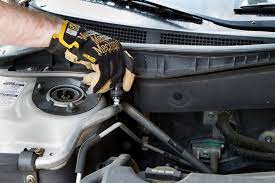
Step 10:- Rotate The Can Up And Down
To maintain good refrigerant flow, rotate the can up and down. When the system is full, use the built-in gauge to determine. Don’t charge too much. Remove the connector from the port and dispose of any empty cans.
Conclusion:-
We hope the above-mentioned information about the honda civic ac blows cold then hot will be helpful to all the readers. If anybody’s doubts persist feel free to comment in the comment section below. We’ll try to solve your doubts as soon as possible.
